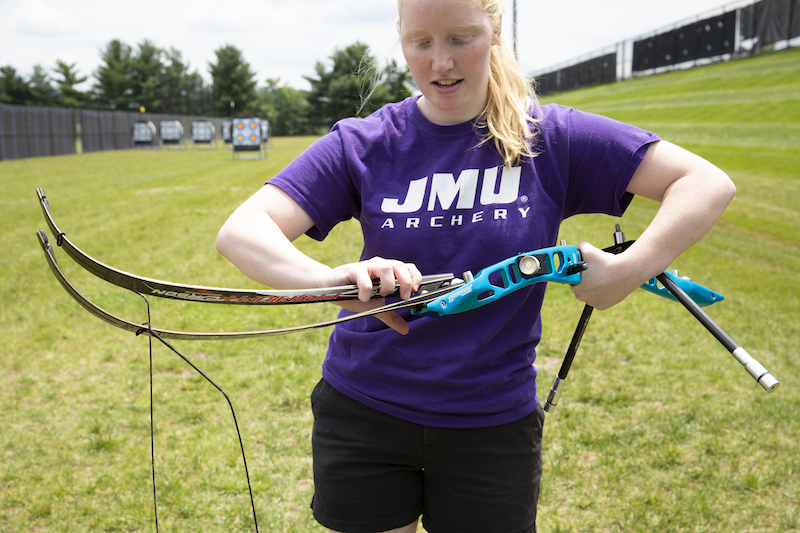Caring for your recurve equipment isn’t as daunting as some make it. Basic care gives equipment a long life and many years of enjoyment for you.
An often-overlooked part of recurves is their limbs. Even though they’re durable and can take a beating, limbs must be stored properly to prevent problems. Never leave them inside a hot vehicle for long. Prolonged heat affects epoxies that hold limb layers together, which can cause twisting and even delamination.

In addition, never store a recurve by standing it on one limb. The riser’s weight and add-on accessories can deform the limb, especially if it’s stored like that for a long time. And even though modern recurve limbs can handle it, don’t leave your bow strung for long periods. Manufacturers such as Hoyt note that Korean archers unstring their bows when leaving a range for lunch.
Bowstrings can wear out quickly if you practice often and take lots of shots. Strings last longer if you apply a good wax every other week, which keeps out moisture while preventing string fibers from splitting. If you see strands fraying and breaking, buy a new string.
Speaking of moisture, shooting in the rain is fine and sometimes unavoidable. Just clean and dry your equipment when returning home or to your hotel. Disassemble your bow and its sight, plunger and stabilizers, and dry every piece with a towel, paper towel, or hair dryer. Moisture causes oxidation and possibly rust on some parts. Disassembling, drying, cleaning and reassembling your equipment reduces problems and on-the-go troubleshooting.

Bow maintenance is just one task you should learn. Likewise, arrow maintenance requires daily attention. If you miss the target, inspect that arrow before shooting it again, especially if it’s made of carbon, which weakens when hitting hard objects.
If it’s made of aluminum, check to ensure it didn’t bend. To check an arrow’s straightness, spin it with its point on your palm and the nock pointed up. If it spins without wobbling, it’s straight. Also check the shaft for dents or cracks, which can compromise the shaft’s integrity. You can check a carbon arrow for cracks by bending it with both hands and spinning it while bent. If you hear a crackling noise, the arrow is damaged and should be retired.
Shooting tight groups can also damage arrows. After shooting a tight group, check each arrow shaft for dents or cracks; and look for cracked nocks and damaged fletching. Dents and cracks weaken shaft integrity and make those arrows unsafe to shoot. Cracked nocks can explode if shot, which can cause a destructive dry-fire or injure the archer. Damaged fletching is less critical, but look for a tear in the fletch’s leading edge. Such tears cause arrows to fly erratically.
Conduct those three inspections every time you pull arrows from targets, especially when shooting with others.
Knowing your equipment is just one step to becoming a more skilled, knowledgeable archer. Most archers on the World Cup and World Championship circuits know their equipment thoroughly. That knowledge is a vital building block in their confidence as world-class archers.




